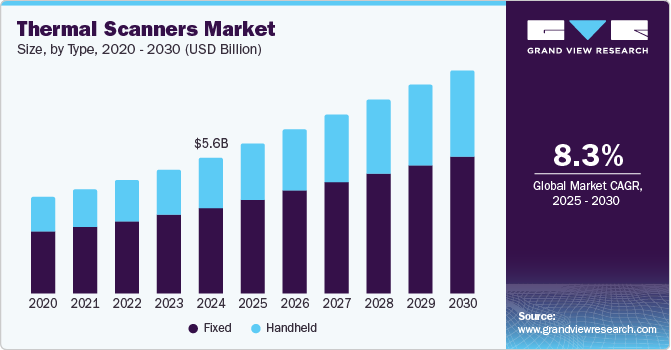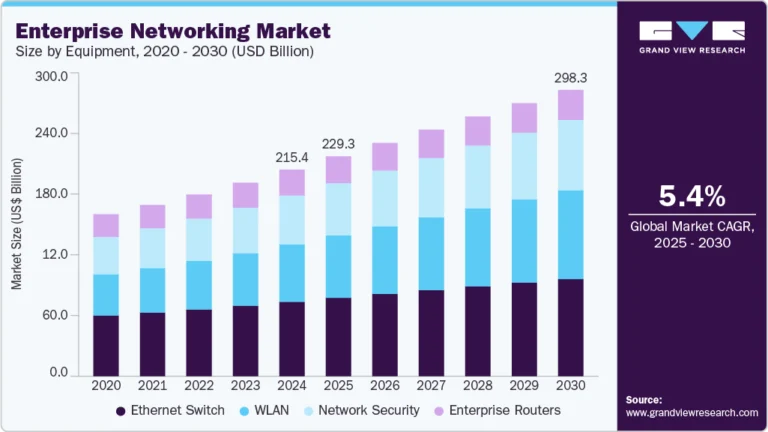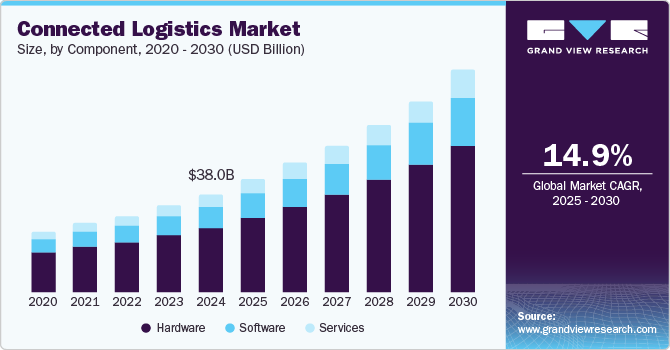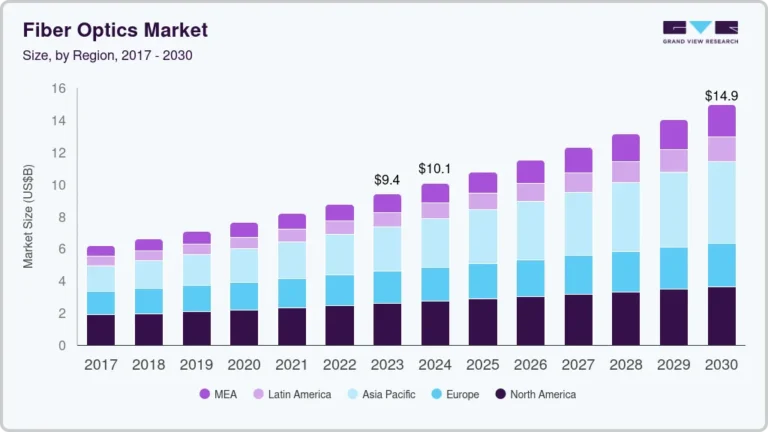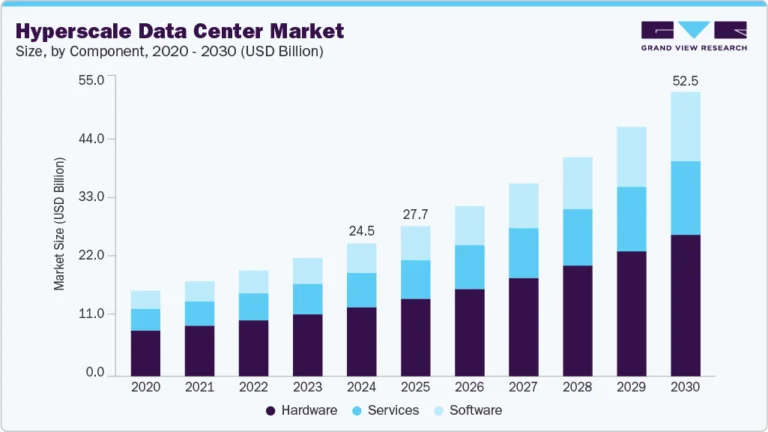Internet Protocol Television Market Size, Share & Trends Analysis grow at a CAGR of 16.8% from 2024 to 2030

The global internet protocol television market size was valued at USD 68.84 billion in 2023 and is projected to grow at a CAGR of 16.8% from 2024 to 2030. The shift in consumer behavior toward on-demand and personalized content drives market growth. Traditional broadcasting models, which rely on fixed schedules and limited programming options, are becoming less engaging to viewers who prefer the flexibility of choosing what to watch and when. Internet protocol television (IPTV) offers a solution to this demand by delivering television content over the internet, allowing users to access a wide range of programming on multiple devices, including smartphones, tablets, and smart TVs.
Request a free sample copy or view report summary: https://www.grandviewresearch.com/industry-analysis/internet-protocol-television-iptv-market/request/rs1
Another significant factor contributing to the rise of IPTV is the expansion of high-speed internet infrastructure. As broadband internet becomes more accessible and affordable in many parts of the world, IPTV services can reach a larger audience. Modern internet connections’ improved bandwidth and reliability enable the seamless streaming of high-quality video content, including HD and 4K, essential for drawing and retaining subscribers. This technological advancement has made IPTV a viable alternative to traditional cable and satellite TV services, particularly in regions where these services may be limited or expensive.
Furthermore, the increasing demand for IPTV is also fueled by the growing popularity of over-the-top (OTT) platforms and the integration of IPTV with other digital services. Many IPTV providers offer bundled services, including video streaming, voice-over-internet-protocol (VoIP) calls, and internet services, creating a comprehensive entertainment and communication package for consumers. This bundling not only enhances the value proposition for users but also fosters customer loyalty and increases the overall adoption of IPTV services.
In addition to these factors, the rise of smart home technology and the proliferation of connected devices further accelerate the demand for IPTV. As more households adopt smart TVs, gaming consoles, and other internet-enabled devices, the convenience of accessing IPTV through these platforms becomes increasingly appealing. Moreover, IPTV’s ability to offer interactive features, such as video-on-demand, live TV recording, and multi-screen viewing, provides users with a more engaging and customizable television experience.
Subscription Insights
The subscription-based IPTV segment held the largest market revenue share of 72.7% in 2023. Consumers seek more flexible and affordable alternatives to traditional cable TV, and subscription-based IPTV offers a wide range of channels and content at lower costs. The rise of high-speed internet connectivity has also facilitated smoother streaming experiences, making IPTV services more reliable and appealing. Additionally, the ability to access content on multiple devices, such as smartphones, tablets, and smart TVs, enhances the convenience and accessibility of IPTV. This segment is further driven by the growing demand for on-demand content and personalized viewing experiences, which subscription-based IPTV services are well-positioned to deliver.
The subscription-free IPTV segment is expected to grow at the fastest CAGR of 19.1% over the forecast period. The growing consumer preference for cost-effective entertainment solutions and flexibility in content consumption drives the segment growth. As more users seek to avoid the recurring costs associated with traditional subscription-based services, they are turning to free IPTV options that provide access to a wide variety of content without long-term commitments. Additionally, the rise of smart TVs and streaming devices has made it easier for consumers to access free IPTV services, further driving demand. The increasing availability of high-speed internet and the growing penetration of digital devices have also contributed to the popularity of subscription-free IPTV, as users can stream content seamlessly without the need for traditional cable or satellite services.

